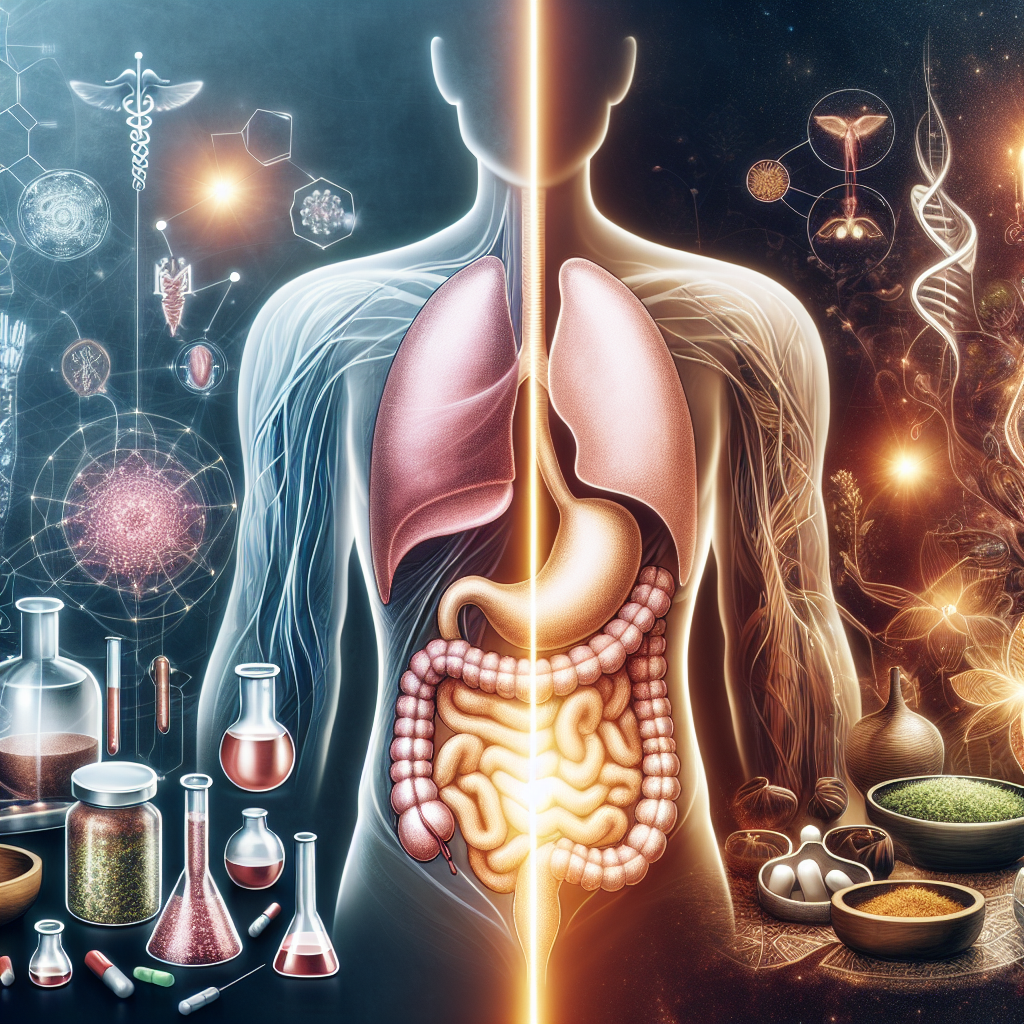Gallstones Unveiled: Integrating Western Medical Advances and Eastern Healing Traditions for Comprehensive Treatment
Gallstones, the small, hardened deposits that form in the gallbladder, can be a source of significant discomfort and serious health complications. Their impact on digestive health has been acknowledged by both Western and Eastern medical traditions, yet their approaches to treatment can differ markedly. By comparing and contrasting these approaches, an integrated, comprehensive treatment plan emerges, offering patients the best of both worlds.
Understanding Gallstones: The Basics
The gallbladder is a small, pear-shaped organ located under the liver, storing bile—a fluid produced by the liver to digest fats. Gallstones develop when the balance of substances in the bile tips, most commonly resulting in cholesterol or pigment stones. Symptoms may include pain in the upper right abdomen, nausea, vomiting, and jaundice, although many with gallstones experience no symptoms at all.
Western Medical Advances in Gallstone Treatment
Western medicine primarily addresses gallstones through diagnostic and surgical interventions. Medical imaging techniques, such as ultrasounds and CT scans, are employed to confirm the presence and size of gallstones. In terms of treatment, the approach is generally straightforward: symptomatic gallstones are often managed through cholecystectomy, the surgical removal of the gallbladder. This procedure is widely performed laparoscopically, offering reduced recovery times and lower risk of complications.
For those who cannot undergo surgery or seek alternative treatments, medications like ursodeoxycholic acid may be prescribed to dissolve cholesterol gallstones. However, this treatment is often slow and not universally effective, leaving surgery as the primary recommendation for symptomatic cases in Western practice.
Eastern Healing Traditions and Gallstone Management
In contrast, Eastern medicine takes a holistic approach to the treatment of gallstones, focusing on dietary modifications, herbal remedies, and lifestyle changes to manage symptoms and possibly reduce the size of the stones. Traditional Chinese Medicine (TCM), for example, views gallstones as a result of Qi stagnation and bile stasis. Treatment often includes the use of herbs such as gold coin grass (Lysimachia christinae) to soften and break down stones, along with acupuncture to restore the flow of Qi and alleviate pain.
Ayurveda, the traditional Indian system of medicine, similarly emphasizes a holistic approach. It classifies individuals into dosha types—vata, pitta, and kapha—and gallstone treatments are tailored accordingly. Pitta types, for example, are believed to be more prone to gallstones and are treated with cooling herbs and dietary recommendations to balance pitta and dissolve stones.
Integrating Western and Eastern Approaches for Comprehensive Care
The integration of Western medical advances and Eastern healing traditions presents a promising avenue for comprehensive gallstone treatment. This combined approach can leverage the precision of Western diagnostics and the effectiveness of surgery for acute cases, alongside the preventive and holistic benefits of Eastern practices.
Diagnostics and Monitoring
The use of Western diagnostic tools is invaluable in accurately identifying the presence and severity of gallstones, allowing for informed decisions about the best course of treatment. Regular monitoring can also help assess the effectiveness of Eastern remedies in reducing stone size or preventing their formation.
Surgical and Non-Surgical Interventions
For those requiring immediate relief from symptomatic gallstones, Western surgical techniques remain the most effective solution. However, for patients with asymptomatic stones or those seeking alternatives to surgery, Eastern practices offer viable non-surgical options that may help manage symptoms and potentially reduce the need for future surgical intervention.
Lifestyle and Diet
Both Western and Eastern practices emphasize the importance of lifestyle and dietary modifications in managing gallstones. A balanced diet low in fats and high in fiber is universally recommended, along with maintaining a healthy weight and regular exercise. Eastern traditions further specify dietary adjustments based on individual constitution and recommend specific herbal supplements to support gallbladder health.
Chronic Care and Prevention
Eastern healing traditions offer extensive guidance on long-term wellness practices that can help prevent the formation of gallstones. These include stress reduction techniques, such as yoga and meditation, which align with Western advice on managing risk factors for gallstone development.
Conclusion
The treatment of gallstones exemplifies the potential benefits of integrating Western medical advances with Eastern healing traditions. While Western medicine offers precise diagnostics and effective surgical options, Eastern practices provide a broader context for understanding the condition, emphasizing preventive care and non-invasive treatments. This comprehensive approach not only addresses the immediate concerns related to gallstones but also promotes overall well-being, offering a path to healthier living for those affected by this common condition. By bridging the gap between these two worlds, patients have access to a more holistic and personalized healthcare experience, ultimately leading to better health outcomes and quality of life.

